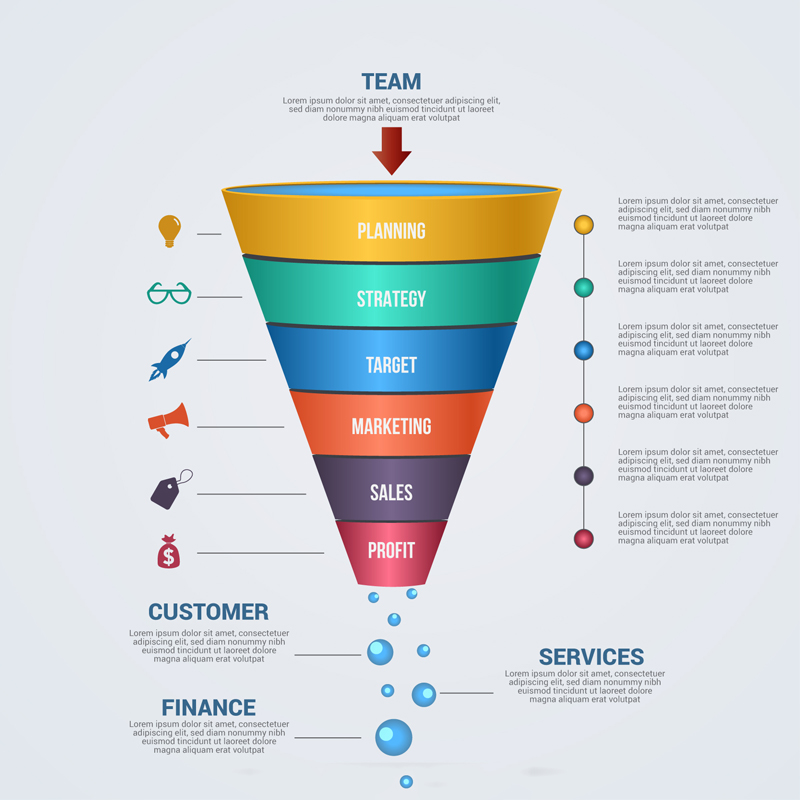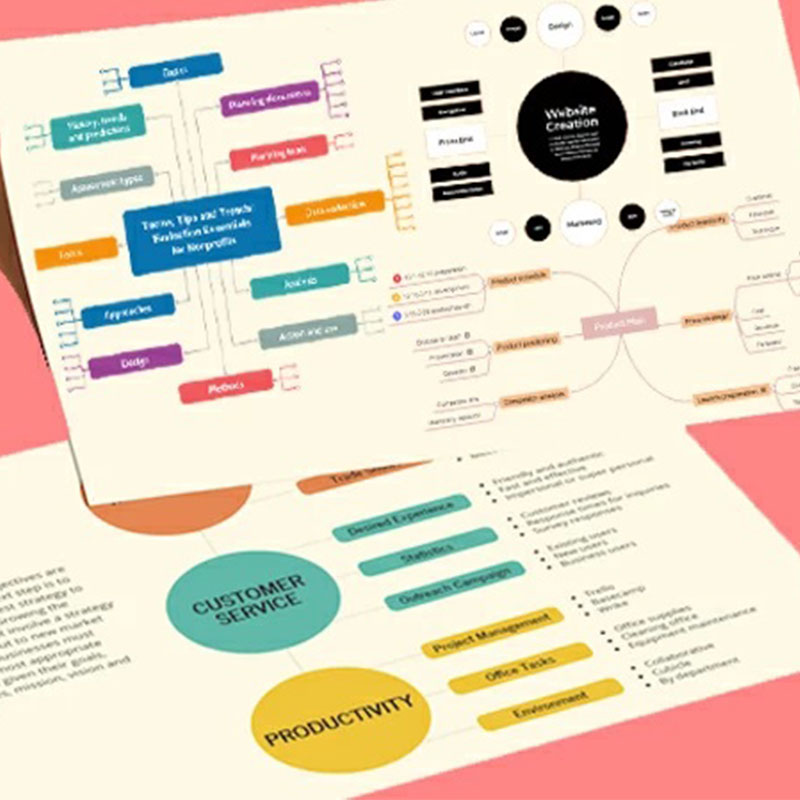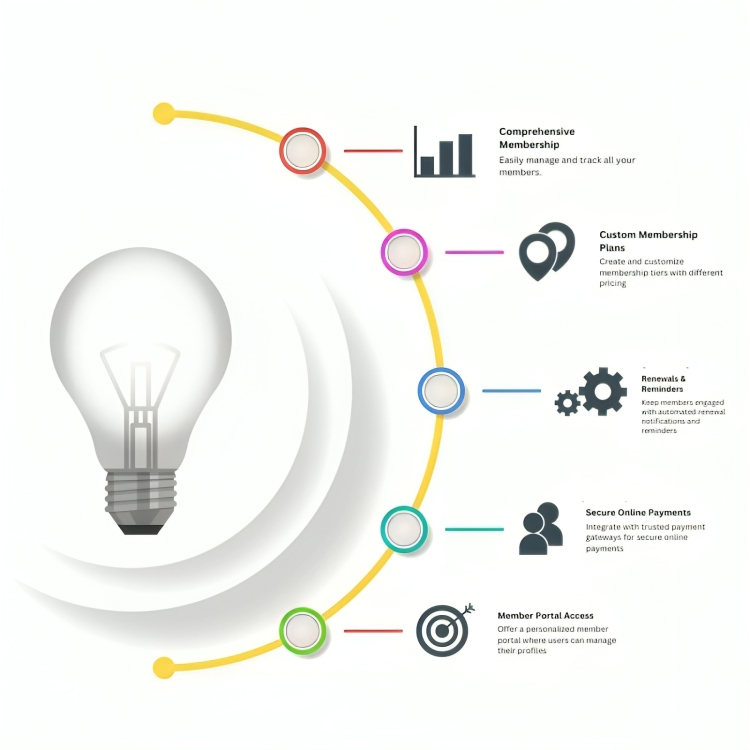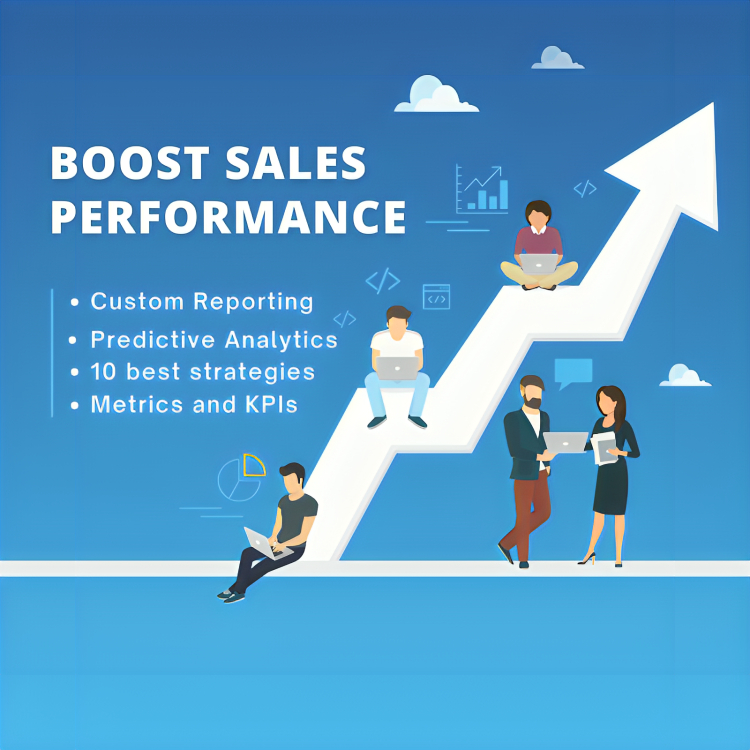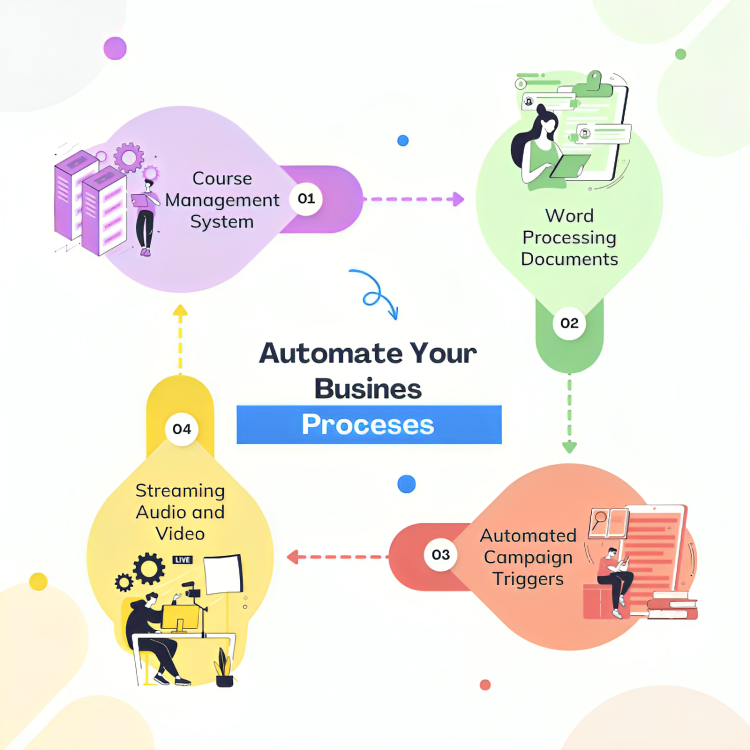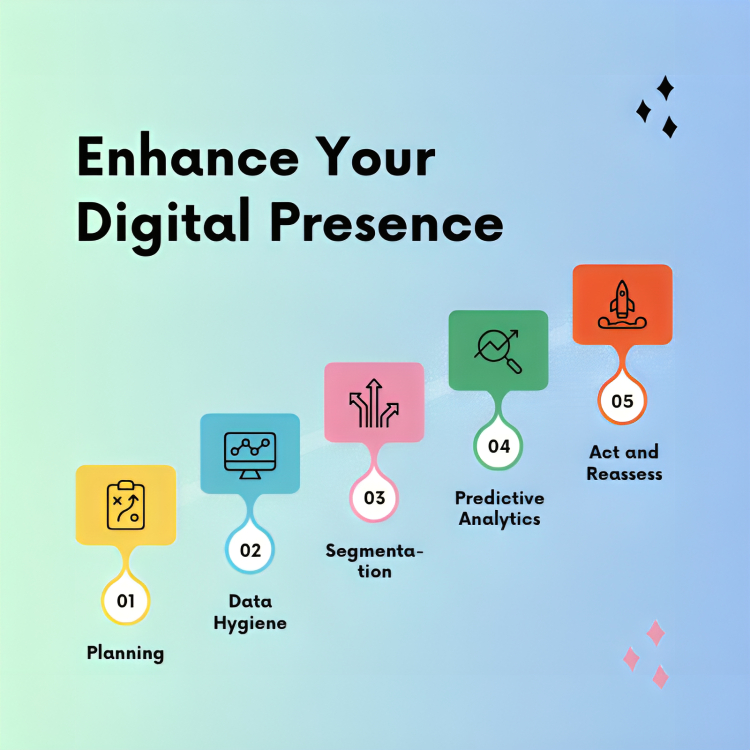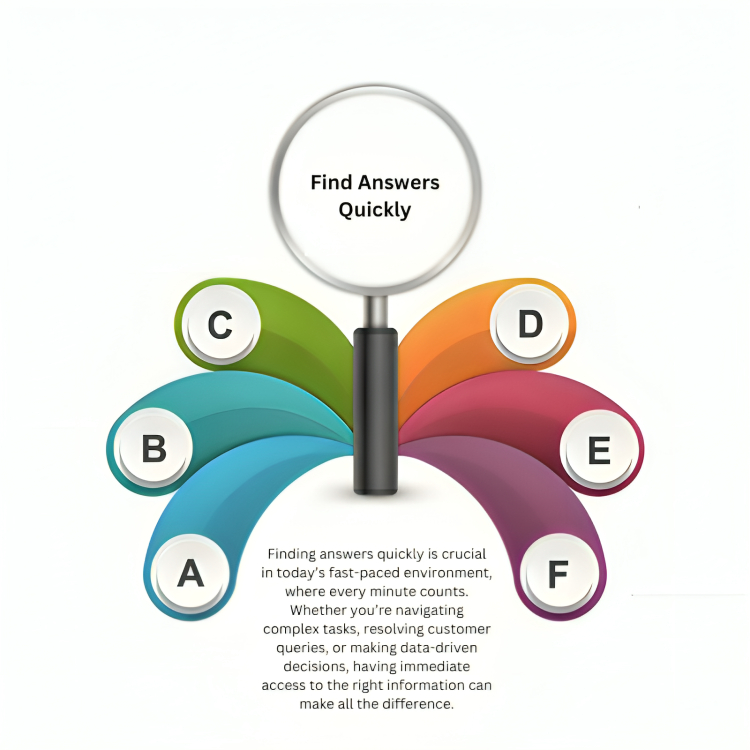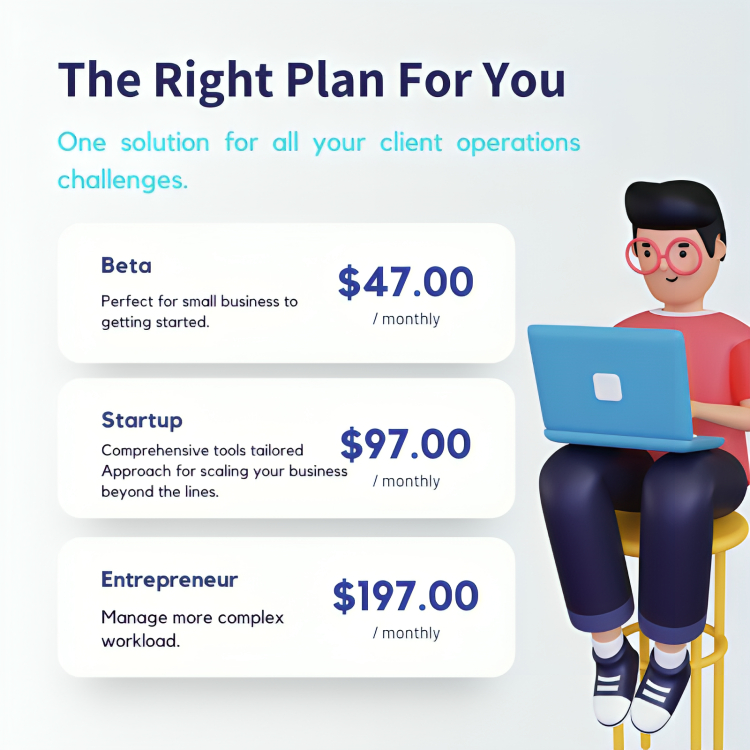Building a Minimum Viable Product (MVP) is a critical step in launching a new business or startup. It allows you to test your concept with real users, gather feedback, and make improvements before fully committing to a large-scale launch. The good news is, you don’t need a massive budget to create an MVP. With careful planning and strategic use of resources, you can bring your idea to life without breaking the bank.
In this blog, we’ll explore practical steps to build an MVP on a limited budget, allowing you to validate your business idea and move forward with confidence.
1. Define the Core Problem and Solution
The first step to building an MVP is clearly defining the problem you're trying to solve. The more specific you can be about the issue your product addresses, the easier it will be to develop a focused and effective MVP. Many entrepreneurs make the mistake of trying to build too many features into their initial product, which can lead to overspending and complexity.
To avoid this, focus on the core problem and the simplest solution that can address it. Your MVP should only include the essential features that are absolutely necessary to solve this problem. By keeping it lean and focused, you reduce development costs and can launch faster.
Key considerations:
What is the single most important problem your product solves?
What are the minimum features required to solve this problem?
How can you deliver value with the least complexity?
By narrowing down your scope, you’ll save money and have a clearer vision of what to build.
2. Conduct Market Research on a Shoestring Budget
Before investing time and money into building your MVP, it's crucial to validate your idea with market research. You don’t need expensive surveys or fancy tools to gather insights about your target market. Simple, cost-effective methods such as online surveys, social media polls, and interviews with potential customers can help you understand their needs and preferences.
There are plenty of free or low-cost tools like Google Forms, SurveyMonkey, and Typeform that allow you to collect feedback from your audience. Platforms like Reddit, Quora, and industry-specific forums can also be valuable for gathering insights without spending a dime.
How to conduct budget-friendly market research:
Use free survey tools to gather data from your target audience.
Join relevant online communities and ask for feedback on your idea.
Conduct short interviews with potential users or early adopters.
This research will help you determine if there’s demand for your product and give you a better understanding of what features to prioritize in your MVP.
3. Leverage No-Code or Low-Code Platforms
One of the best ways to build an MVP on a budget is by using no-code or low-code platforms. These tools allow you to create functional prototypes or simple versions of your product without the need for extensive coding knowledge. By using drag-and-drop interfaces, you can build a basic website, mobile app, or software tool quickly and affordably.
Platforms like Webflow, Bubble, and Adalo offer no-code solutions for web and app development, while Shopify or WordPress can be used to set up eCommerce or content-based platforms. These tools allow you to create something tangible that you can test with real users before committing to a full-scale product.
Popular no-code platforms:
Bubble: Ideal for building web apps and software prototypes.
Webflow: A powerful platform for creating responsive websites.
Adalo: Great for building simple mobile apps without code.
Using no-code tools can save you thousands of dollars in development costs and help you launch your MVP faster.
4. Outsource Development on a Budget
If your MVP requires features that can’t be handled with no-code tools, consider outsourcing the development to freelancers or agencies that offer affordable rates. Hiring a full-time development team is expensive, but platforms like Upwork, Fiverr, and Toptal connect you with skilled developers from around the world who can build your MVP at a fraction of the cost.
When outsourcing, it’s important to be clear about your project’s scope and goals. Create a detailed project brief that outlines the specific features you need, the expected timeline, and your budget. This ensures that developers have a clear understanding of what they need to deliver, and it helps prevent scope creep, which can drive up costs.
Tips for outsourcing on a budget:
Set a clear budget and project timeline from the start.
Break the project into small milestones and pay as you go.
Look for developers with proven experience in MVP development.
Outsourcing development allows you to tap into expertise while keeping your costs manageable.
5. Use Open-Source Solutions
Another way to save money when building an MVP is by utilizing open-source software. Open-source tools are typically free to use and offer a wide range of functionalities that can serve as the foundation for your product. Many startups rely on open-source frameworks for web development, data storage, and even app building.
For instance, platforms like WordPress (for websites) and WooCommerce (for eCommerce) offer powerful, free solutions with a large community of developers and plugins. Using these tools not only reduces costs but also speeds up development since much of the code is already available.
Popular open-source tools:
WordPress: Ideal for building websites and content management.
WooCommerce: Perfect for setting up an online store.
Laravel: A powerful PHP framework for web application development.
Using open-source software can save you significant development time and money.
6. Focus on User Testing and Feedback
Once your MVP is built, the next step is testing it with real users. Instead of spending large amounts of money on marketing, start by testing your MVP with a small group of potential users. These early adopters will provide invaluable feedback on what works, what doesn’t, and what features need improvement.
You can reach out to potential users through social media, online communities, or by leveraging your personal network. Offering a free trial or a discounted version of your MVP can also help incentivize users to try it out.
User testing tips:
Gather feedback through surveys, interviews, or usability tests.
Observe how users interact with your product and identify pain points.
Iterate quickly based on feedback to improve the MVP.
This process of testing and iterating ensures that you’re investing your limited budget in the right features and making improvements based on real user needs.
7. Scale Gradually Based on Feedback
After testing and refining your MVP based on user feedback, the next step is to scale your product gradually. Instead of rushing to launch a full-featured version, continue to improve your MVP in stages. By scaling gradually, you can avoid unnecessary expenses and ensure that each new feature you add is backed by real user demand.
As you begin to attract more users and generate revenue, you can reinvest into further development, marketing, and customer support. This lean approach allows you to build a sustainable business without needing a large upfront investment.
Conclusion
Building a Minimum Viable Product on a budget is not only possible but can also be a strategic advantage. By focusing on the core problem, using no-code platforms, outsourcing development, and relying on open-source tools, you can create an MVP quickly and affordably. Remember to prioritize feedback and iterate based on real user input—this will ensure that your MVP evolves into a product that truly meets market needs.
With the right approach, you can bring your idea to life, test it in the market, and scale it—all without blowing your budget.


